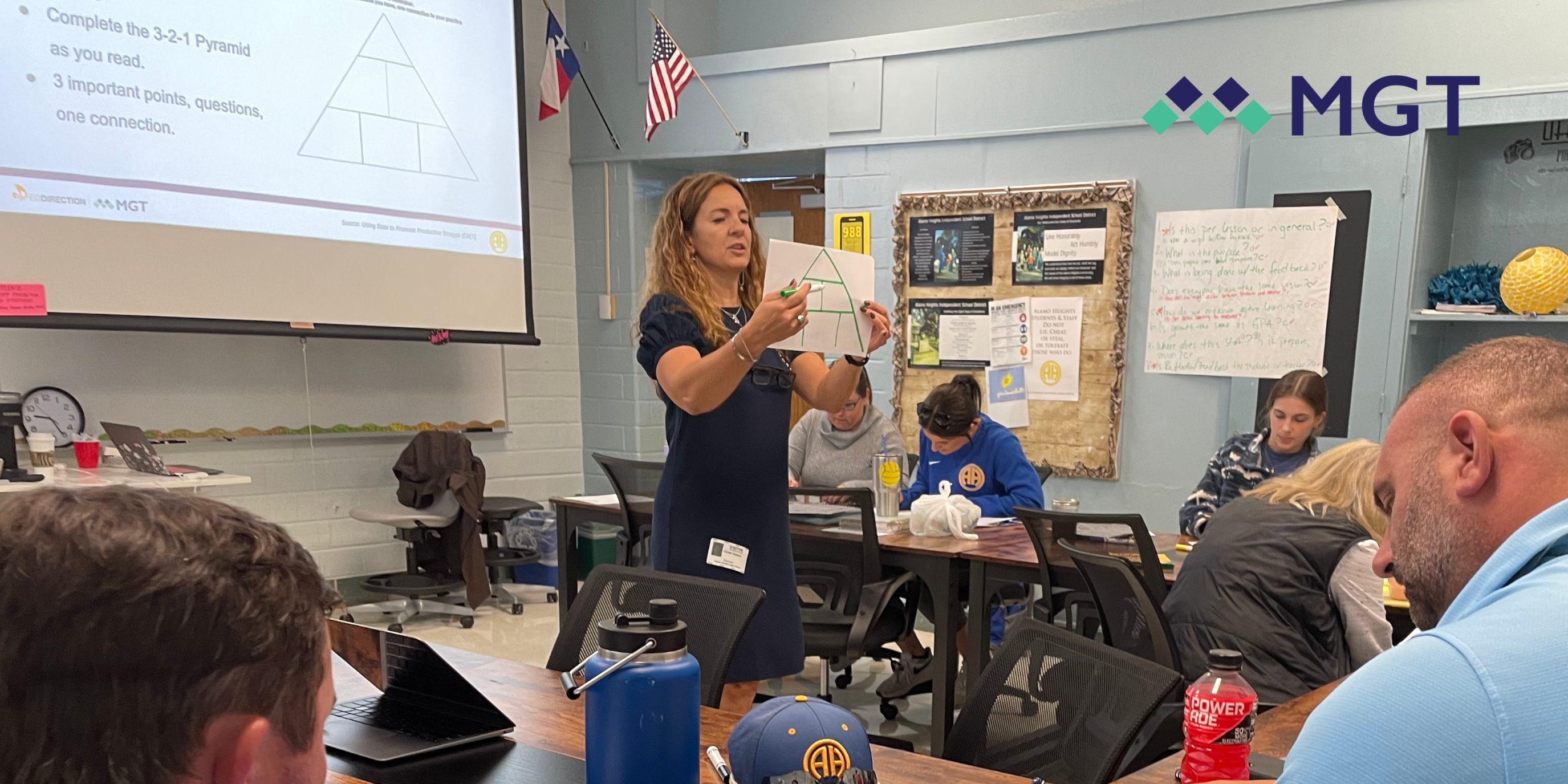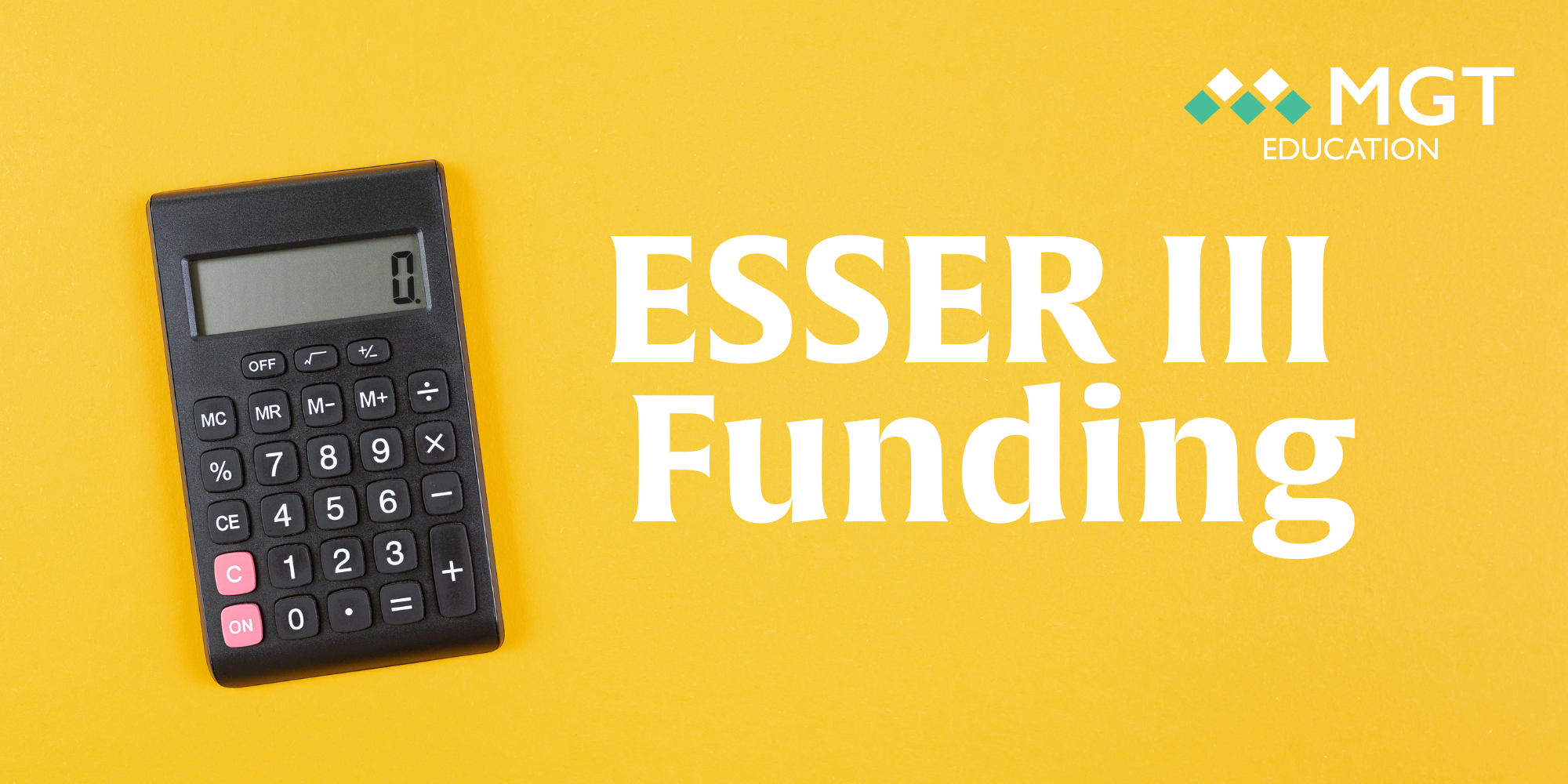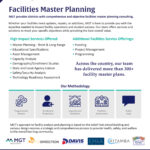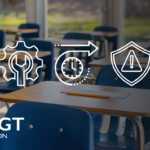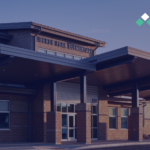The MGT Education Solutions team is at the forefront of educating our clients on the implications and magnitude of a well-designed and executed strategic planning process. All too often consultants develop strategic plans but then leave it in the client’s hands to figure out how to execute. Our process is different because it is based on our team’s first-hand experience as former education leaders and administrators.
We walk clients through the development of an institutional strategic plan and the subsequent steps needed to align the different stakeholders and departments which comprise a campus community. Our continued work and leadership with higher education clients across the country has helped them respond, adapt, and prepare for a post-COVID world and is one way MGT is gleaning insights into the potential impact the strategic planning process has on college and university staff, students, and communities. MGT facilitated its first strategic plan in 1982 for Tallahassee Community Hospital. Since then, the firm has gone on to facilitate many strategic plans for a variety of clients in both higher education and PK12. Most recently, we’ve partnered with Wayne State University, Sacramento State, Georgia Gwinnett College and Florida A&M University on their strategic plans.
We prioritize two primary strategies when undertaking a strategic planning process.
- Deeply engage and give a voice to an inclusive and broad demographic representative of the institution’s stakeholders and
- Create opportunities for cross-institution collaboration and alignment through a post-plan development implementation process.
Institutional and Cross-Unit Alignment
The stakes are high for colleges and universities embarking on strategic planning efforts where the pursuit of and expectations for postsecondary learning continues to shift dramatically. The rewards of facilitating a well-designed and managed strategic planning process may be even higher. The strategic planning process has the potential to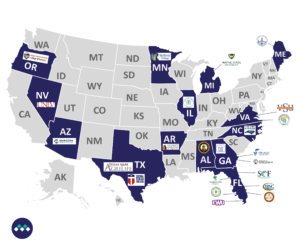 facilitate cross-community, campus-wide alignment so individual units, departments, and colleges can develop tailored objectives and strategies that are congruent with larger institutional goals and future directions.
facilitate cross-community, campus-wide alignment so individual units, departments, and colleges can develop tailored objectives and strategies that are congruent with larger institutional goals and future directions.
In addition to fostering tracking and measuring of individual unit goals in alignment with the larger institutional plan, early engagement fosters the important dialogue needed between siloed groups, found all too often in higher education.
Recent experience supporting the University of Texas – Permian Basin
MGT was selected to assist the University of Texas Permian Basin with its strategic plan. The process started with four days on site, including a two-day retreat, to facilitate a mission, vision, and values session with unit leaders. This also helped to develop the foundation for cross-functional understanding and awareness of larger institutional-level future-oriented vision.
The discovery also helped to foster consistent language for institutional goals and objectives as well as metrics to gauge progress and track performance through key performance indicators.
Our team then conducted individual working sessions with academic and non-academic unit and department deans and directors including: the School of Education, the School of Business, the School of Engineering, the Department of Information Technology, Marketing and Communication, among other units. The sessions consisted of highlighting unit-specific goals and strategies, filtered objectives relevant to the larger institutional plan, and guidance on structure, formatting, and content for unit-specific plans.
We also facilitated an on-site “Future Envisioning” session to bring awareness to departmental plans and cross-departmental areas for collaboration and partnership and guide the different units toward a shared future vision. This session led to the development of a template that would ultimately align all unit plans, strategies, and KPIs with the University’s larger plan.
What we learned
It became clear to our team that strategic planning as a process and a product is not well understood and opportunities exist in facilitating the dialogue around the purpose and process around a strategic planning endeavor. Thus, we highly recommend incorporating a “project awareness” outreach endeavor early-on in the project timeline so all stakeholders understand what you are trying to accomplish.
We were pleasantly surprised to note that Departments welcomed the opportunity to learn about areas of alignment, not just with the larger institution but also with other departments. Dedicating time for cross-departmental collaboration and reflection may produce benefits across an institution and encourage seemingly disparate units to collaborate and work toward common goals.
Finally, despite the establishment of frameworks and predetermined criteria for creating a strategic plan, the process is iterative, non-linear, and messy. Allowing enough time to deeply engage the entire community and provide space and opportunity is critical for discussion and dialogue while also balancing finite resources and institutional needs. If these best practices are applied, a strategic plan can provide a clear, measurable, and inclusive roadmap for future success.


